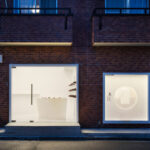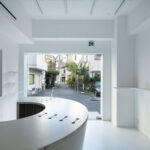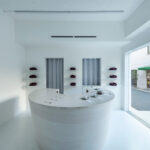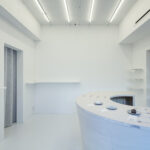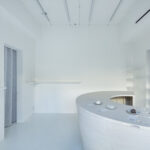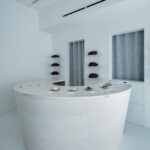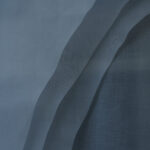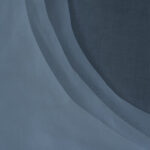Celebrating Tradition: Aito-Denkimochiten Japanese Sweets Shop in Shibuya City, Japan
Nestled in Shibuya City, Japan, Aito-Denkimochiten pays homage to the rich tradition of Japanese confectionery, particularly the exquisite delicacy of Daifuku. Designed by SPEC architects, this quaint store offers a glimpse into the artistry and craftsmanship of creating these delectable treats.
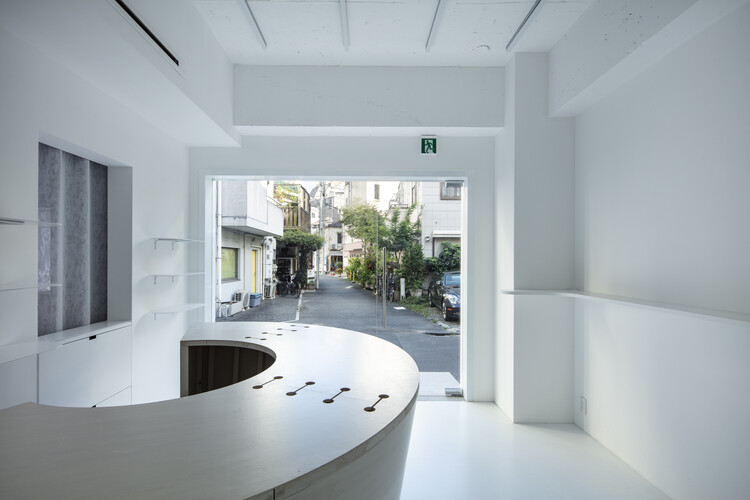
Preserving Centuries-Old Techniques
Daifuku, a traditional Japanese confection made from mochi rice cakes and filled with red bean paste, is crafted at Aito-Denkimochiten using methods dating back a century. With no additives or preservatives, these delicacies are deemed fresh for only five hours, ensuring a culinary experience like no other.
Minimalism Meets Artistry
To accentuate the delicacy and beauty of Daifuku, the interior space of the shop is kept minimalistic, devoid of unnecessary adornments. Each Daifuku is meticulously wrapped by hand, resulting in slight variations in appearance that reflect the human touch and craftsmanship behind them.
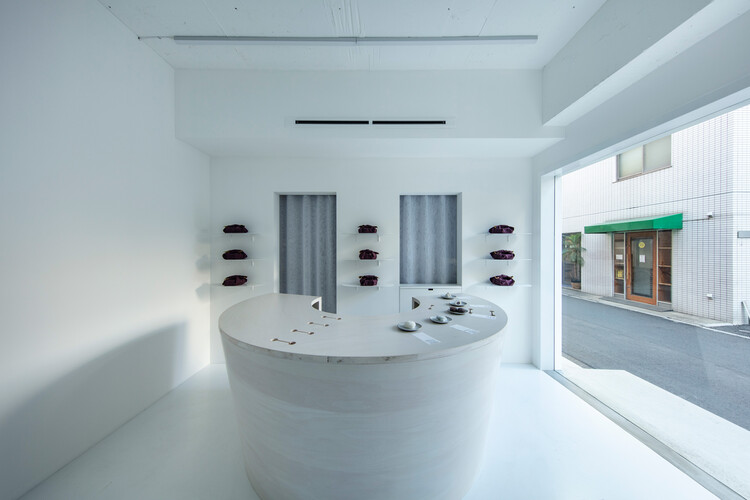
Warmth in Design
The sales counter, where Daifuku is displayed, is designed to exude warmth rather than cold orderliness. Featuring an organic round shape and exposed metal fittings, the counter harmonizes with the soft white grain of the wood, enhancing the allure of the confections it holds.
Craftsmanship on Display
Adjacent to the sales space is a workshop where Daifuku is wrapped, offering a glimpse into the artisanal process. Lace fabric with round holes adorns the glass windows, framing the scene like a work of art. The subtle visualization of movement within the workshop invites passersby to witness the craftsmanship firsthand.

Human Touch in Every Detail
Traces of handiwork and human warmth permeate the minimalist design, creating a space perfectly suited for the presentation of Daifuku. Each element, from the counter to the workshop, is carefully curated to showcase the artistry and dedication that defines Aito-Denkimochiten.


